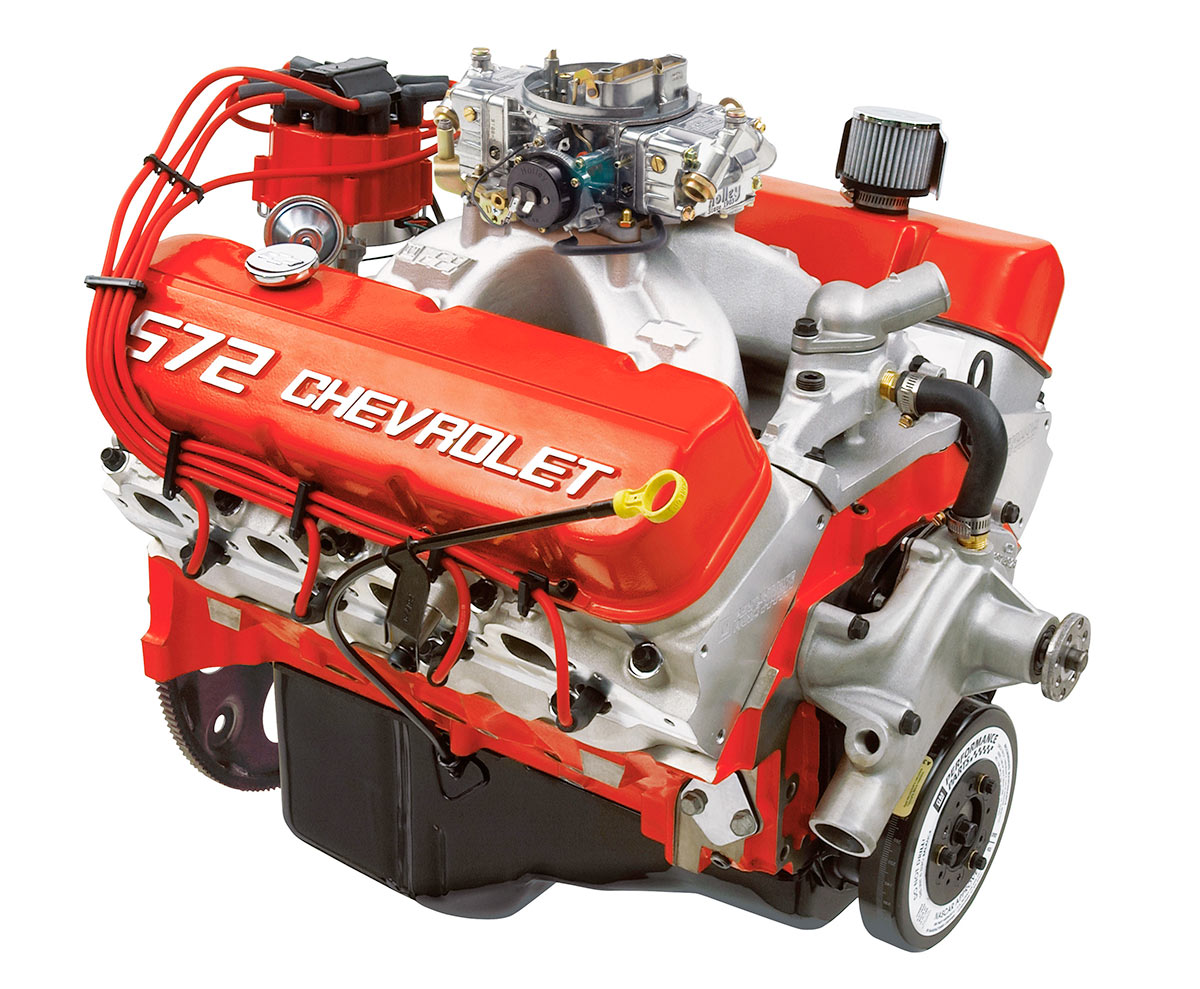Media | Articles
What is the best engine configuration?
Selecting an engine offers its own set of compromises. While the amount of torque produced won’t vary from one layout to the next because pistons don’t know any better, it can change the characteristics of the car. From physical properties like weight balance to subjective qualities like exhaust note, the engine configuration has a tremendous bearing on the personality of a car.
So what’s best? V-8? Straight-six? Boxer?
20180314202528)
Inline-four engines fit nicely in transverse applications that often drive the front (read: wrong) wheels. Pontiac, Toyota, Alfa, and Lotus figured out how to properly mount them for mid-engine use. Due to an inherent balance issue they require balance shafts to help smooth them out and are therefore limited in displacement.
Inline-six engines can sound amazing and are inherently balanced, but they can be difficult to package because of length. Height can be an issue as well unless they’re canted to one side. The same goes for the straight-eight that was popular in pre-war American cars. If you’ve got a long hood, go for it.
Marketplace
Buy and sell classics with confidence
Flat-four and flat-six engines (including boxers) often translate to a lower center of gravity, which is great for handling, but their width can be a packaging nightmare. Subaru, Volkswagen, and Porsche are its best historical practitioners. Ferrari managed to mount a flat-12 in one of the most beautiful cars to come out of the 1980s, so it can be done.
V-6 engines are the physical manifestation of compromise itself. They fit well in transverse applications and are shorter than inline-six engines for easier packaging in longitudinal applications. However, they too require balance shafts and their sound can range from “not quite as good as a V-8” (We hear your Alfa fans, and we don’t care) to flatulent.

This leads us to V-8, which is shorter than the inline-six, and, in the proper format (pushrod) not much wider than a DOHC four-cylinder. Not much heavier either. The design’s chief flaw is the uneven firing order used in cross-plane V-8s. The main side effect of this is that it makes them sound awesome.
Some people will tell you that V-10 engines sound good. Those people are wrong. We love Vipers though, so we give large-displacement V-10s a passing mark.
V-12s take everything that is good about the inline-six and doubles it. They’re smooth, they’re powerful, and they sound amazing. Unfortunately, they’re complicated due to the sheer number of moving parts and are very expensive to produce. They’re also even harder to fit under a hood and are typically found only in high-end cars. And sometimes BMWs.
20180314203313)
We also love the oddballs: inline-three, V-4, inline-five, W-8, and W-16. These strange engines typically share much of their design with more mainstream layouts and were specially constructed to better fit a niche. There are also rotary engines.
Engineering cars involves a number of compromises. A longer wheelbase makes for a smoother ride at the cost of maneuverability. Adding an extra set of doors makes people-moving much easier but can ruin the graceful lines. Adding a long roof and turning a car into a wagon adds cargo space, makes them at least twice as cool, and literally has no drawbacks. We should have more wagons. Sorry, we apologize for the wagon tangent, back to engines.
So, taking displacement, packaging, and sound into consideration, tell us what your favorite engine is and why it should probably be the V-8.










